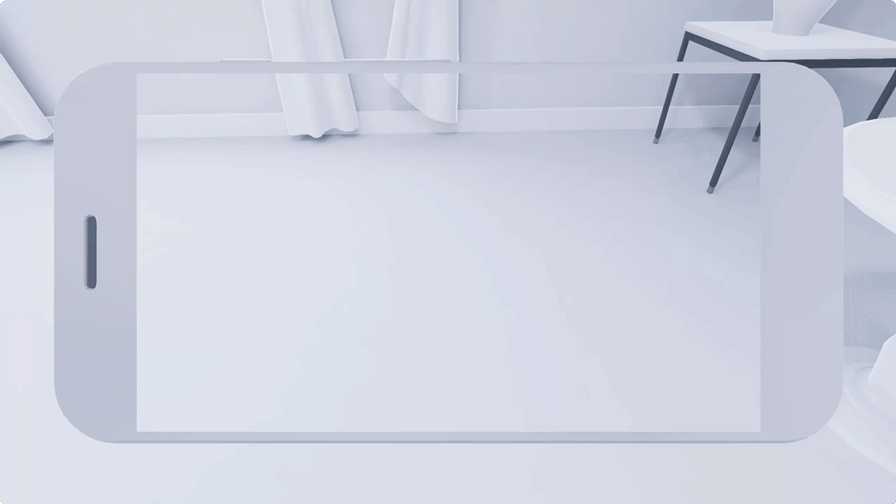物理环境
为众多不同的空间设计相同的体验
让用户清楚地了解您的应用需要多少空间。您能将它用在自己的大腿、餐桌或足球场上吗?向他们展示理想的使用条件。您可以在 Play 商店中添加预览图片,或在应用本身中添加说明。
考虑应用可能会使用的所有地方仍然很有帮助,从小公寓到大片田野,不一而足。准备好应对大大小小的空间、家具或交通等现实障碍,以及身体挑战。
公共空间也提供一系列自己的 AR 挑战。跟踪和遮挡变得困难,具体取决于周围物体和人员的数量。此外,手机移动和 AR 沉浸感可能会分散注意力或危险。
虚拟环境
增强环境结合了通过设备相机拍摄的真实图像与虚拟内容(例如数字对象或信息)。
当您的手机在现实世界中移动时,ARCore 会跟踪手机相对于周围环境的位置。此过程称为并发测距与映射 (COM)。
ARCore 会查看摄像头图像并检测视觉上的显著特征(称为特征点)。然后,它会利用这些点来确定自己在位置上的变化。这些视觉信息会与设备的惯性测量数据结合,从而估测随时间推移相机相对于周围环境的姿态(位置和方向)。
通过将呈现 3D 内容的虚拟摄像头的位置与设备摄像头的方向对齐,ARCore 可以从正确的视角渲染虚拟内容。这种虚拟图像叠加在实时拍摄的图像上,使虚拟内容看起来如实呈现。
持续发现
ARCore 一直在不断提高它对现实世界环境的理解。
它会构建您的空间模型,随着手机四处移动,相机捕捉空间的新部分以及关于该空间的新细节,从而为所填信息添加内容。ARCore 会识别并聚类看起来位于常见水平和倾斜表面上的特征点,并将这些表面作为平面提供给您的应用。

环境限制
目前,以下限制可能会妨碍对 Surface 的准确理解:
- 没有纹理的平坦表面,例如白色桌子
- 光线昏暗的环境
- 极其明亮的环境
- 透明或反光表面,如玻璃
- 动态或动态表面,如草叶或水中的涟漪
在用户遇到环境限制时,请说明问题所在,并引导用户正确采取行动。

